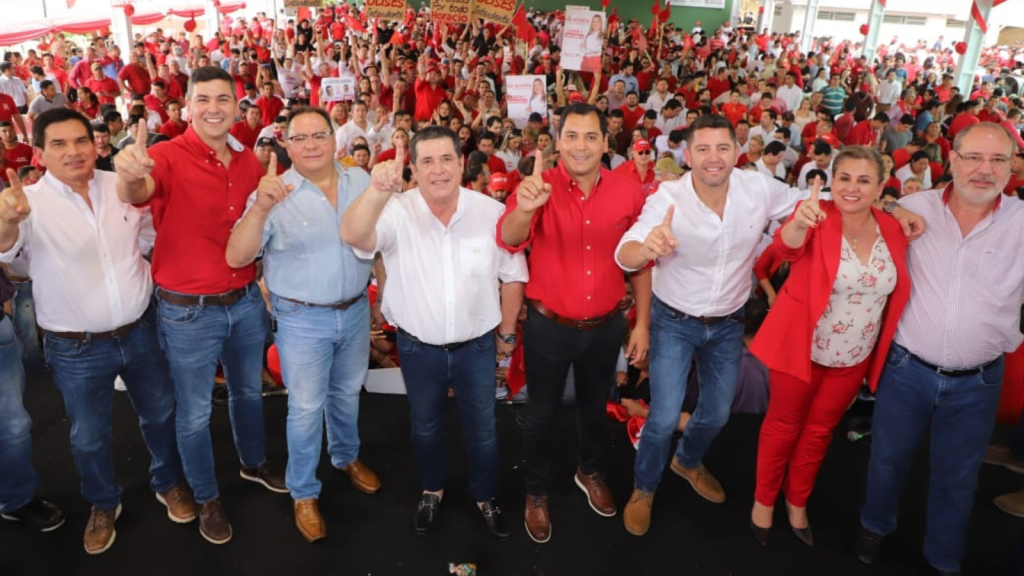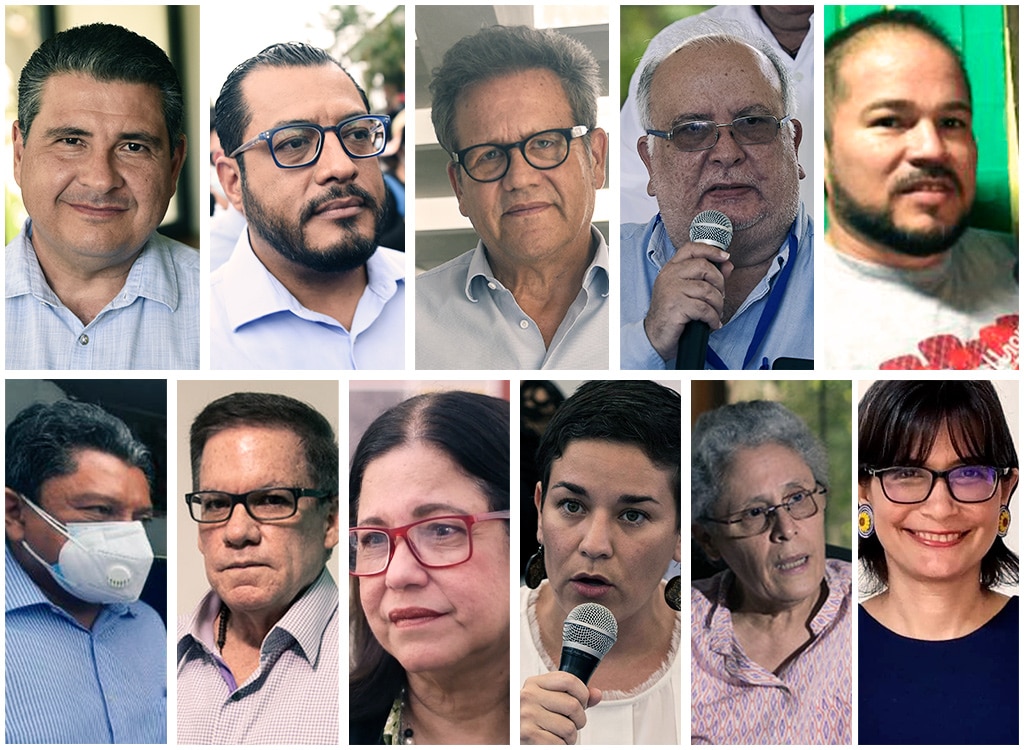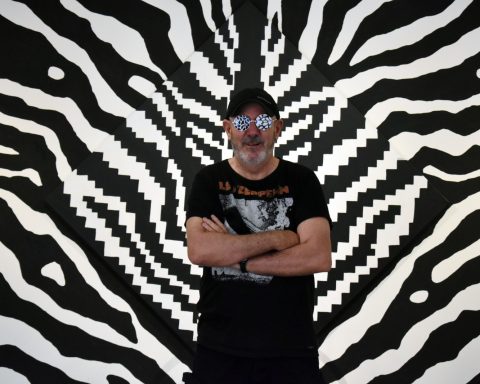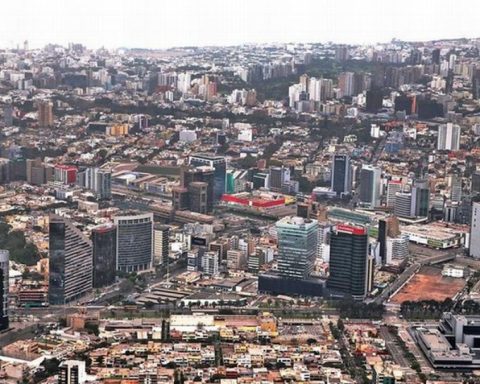The civic movement to collect signatures with the idea of convening a Parallel Constituent Assembly in Panama and renewing the country’s institutional framework failed, only collecting less than 3% of the necessary rubrics.
Three groups: the Social Justice Movement, the Panama Decide Movement and I Sign for Panama, set the goal of collecting at least 580,742 signatures or 20% of the electoral roll to support the election of a Parallel Constituent Assembly, contemplated in the Political Constitution created in 1972 under the military regime (1968-1989) and reformed four times, the last in 2004.
Carlos Ernesto González, founding member of the Panama Decide Movement, explained that what happened to a great extent was the product of a series of circumstances that made it virtually impossible for “us to make the effort of the entire process during the six months.”
He argued that the main reason or difficulty they encountered was to clearly communicate that what they were doing was the door to the exercise of a constitutional right that all Panamanians have, which is to call a constituent.
“We were not proposing a constitution, we were not proposing a concrete reform because it is not up to what it simply does is open the compass for the exercise of that right, not communicating that well was very difficult to achieve consensus with the living forces of the country, “he said.
He expressed that almost 95% of the people they spoke with were aware that there is an institutional arrangement that does not work and that it needs to be changed.
This citizen initiative sought the establishment of a new social agreement that would guarantee the separation of the three powers of the State, weighed down by excessive presidentialism and a Parliament absent from oversight. These underlying reasons never varied and remained as the north of the movement, but it did not reach it.











